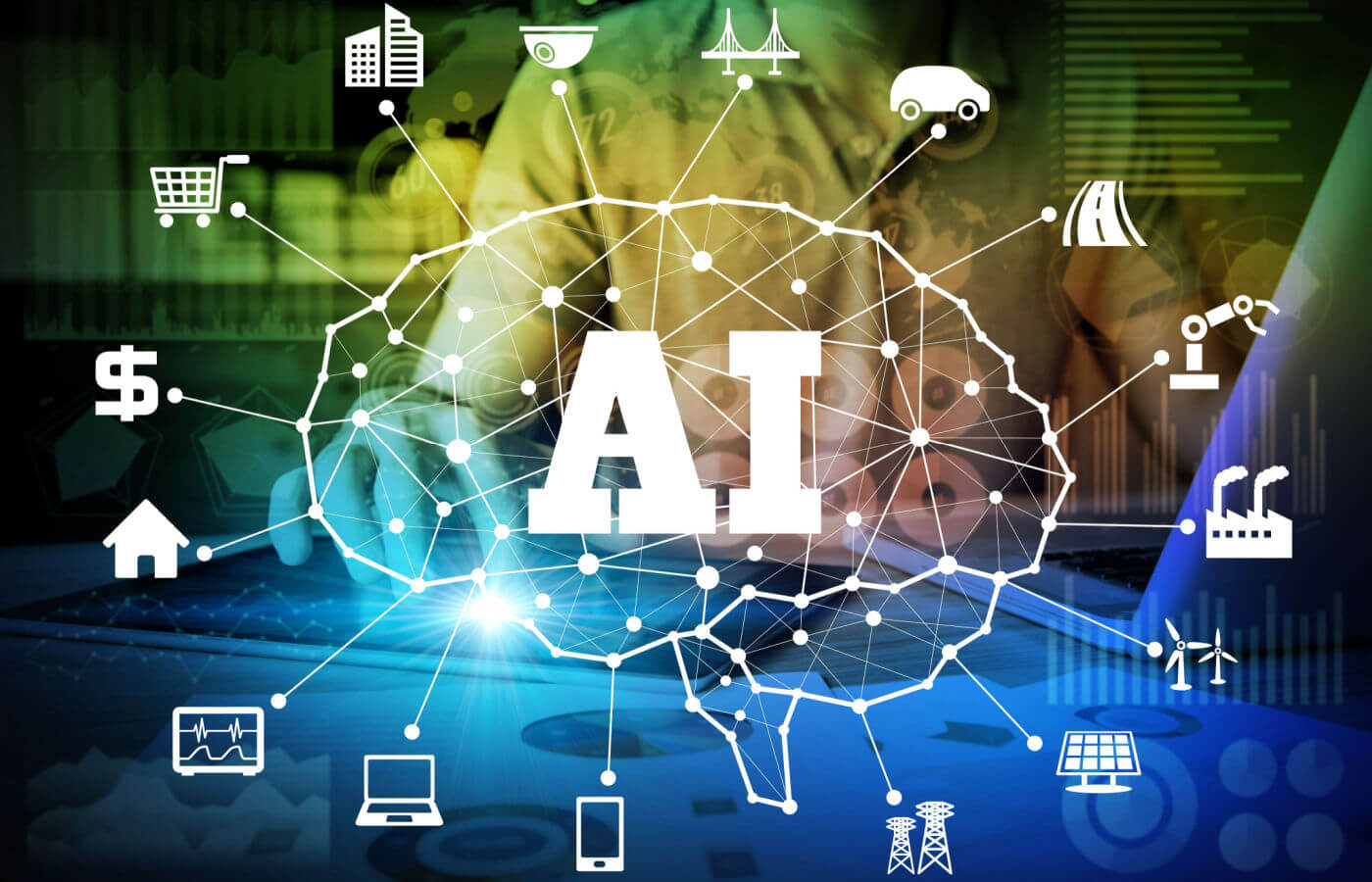OpenAI Enhances Its AI Risk Assessment System

OpenAI’s Recent Updates on Evaluating AI Risks
OpenAI has recently made significant strides in updating its framework for assessing risks associated with artificial intelligence (AI). This development is part of a broader trend aimed at ensuring the safe and responsible use of AI technologies. The updates come in response to growing concerns about the implications of AI on society and the need for effective governance.
Understanding AI Risk Assessment
What Is AI Risk Assessment?
AI risk assessment involves evaluating the potential dangers that AI technologies might pose to individuals, organizations, and society as a whole. The evaluation process includes identifying risks, measuring their impact, and creating strategies to mitigate them.
Why Is It Important?
As AI systems become more complex and integrated into everyday life, understanding the associated risks is critical. Effective risk assessment can help prevent unintended consequences, such as ethical dilemmas, privacy violations, and biased decision-making. By updating their assessment system, OpenAI aims to enhance accountability and foster public trust in AI technologies.
Key Updates in OpenAI’s Assessment System
OpenAI’s revamped evaluation framework focuses on several essential components:
1. Enhanced Evaluation Criteria
The new system incorporates more detailed evaluation criteria. This includes assessing the intended and unintended consequences of AI applications. OpenAI is emphasizing the need for thorough testing before deployment, ensuring that AI systems meet high safety and ethical standards.
2. Transparency and Reporting
Transparency is a major focus of the updates. OpenAI is committed to sharing their findings and methodologies with stakeholders, including researchers, policymakers, and the public. This openness can encourage collaboration and improve collective understanding of AI risks.
3. Multi-Stakeholder Involvement
The updated system seeks to involve a wide range of stakeholders in the risk assessment process. By engaging with technologists, ethicists, and the communities most affected by AI technologies, OpenAI aims to capture a more comprehensive view of potential risks.
AI Risks Identified by OpenAI
OpenAI’s assessments have highlighted several key risks associated with AI technology:
1. Misinformation and Deepfakes
AI has the potential to manipulate information significantly, leading to the spread of misinformation. Deepfake technology, which creates realistic but fake audio and video content, poses challenges for trust in media.
2. Privacy Concerns
As AI technologies gather and analyze vast amounts of personal data, there are increasing worries about user privacy. OpenAI is focusing on creating systems that prioritize user consent and data protection.
3. Bias and Discrimination
AI systems can inadvertently incorporate biases present in their training data. OpenAI aims to ensure that its AI models are fair and do not perpetuate stereotypes or discriminate against certain groups.
Continuous Evaluation and Adaptation
Commitment to Improvement
OpenAI recognizes that the landscape of AI is constantly evolving. As technologies advance, new risks may emerge, requiring ongoing assessment and adaptation of their evaluation framework. They are committed to revisiting their criteria and methods regularly to address emerging challenges.
Collaboration with External Experts
OpenAI is also collaborating with external researchers, ethicists, and organizations to gain diverse perspectives on AI risks. This collaboration helps in developing more robust evaluation processes and ensuring that various viewpoints are considered.
Final Thoughts
The updates to OpenAI’s risk assessment system mark an important step in promoting the safe use of AI. By implementing enhanced criteria, fostering transparency, and involving a larger range of stakeholders, OpenAI is making strides toward a more responsible and ethical future for AI technologies. As the field of AI continues to evolve, maintaining a focus on risk assessment will be vital for ensuring technology serves humanity effectively.






